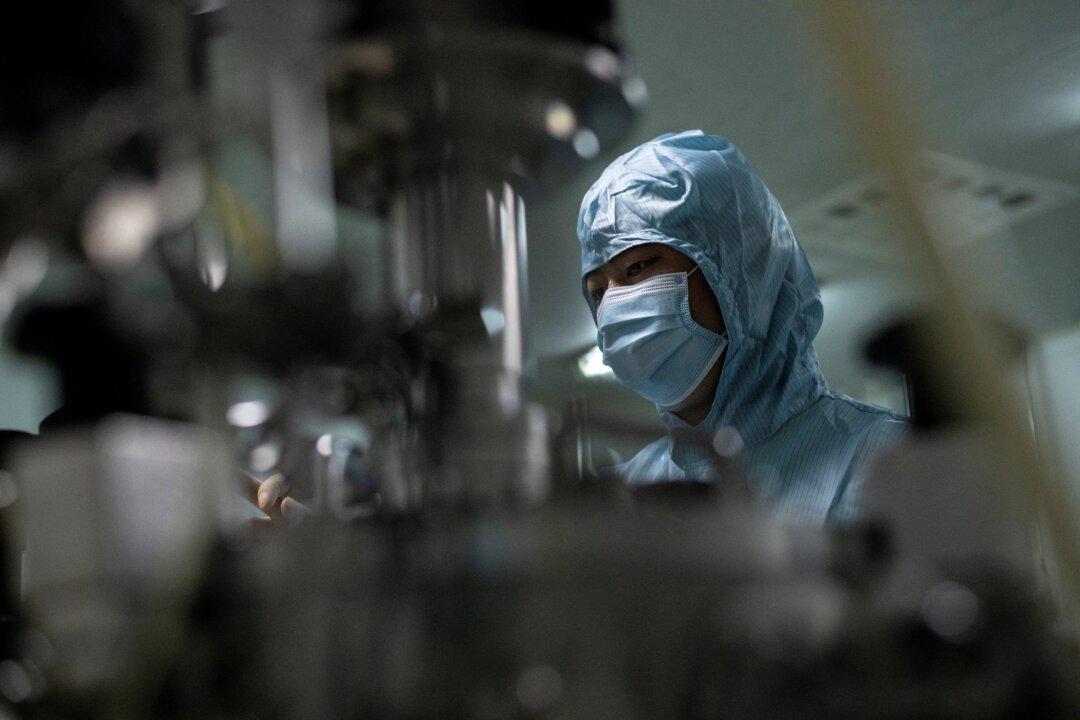Commentary
Claims that China is leading in research output are misleading, as state-owned universities are inflating statistics through the use of fabricated, plagiarized research and coerced citations.

Claims that China is leading in research output are misleading, as state-owned universities are inflating statistics through the use of fabricated, plagiarized research and coerced citations.